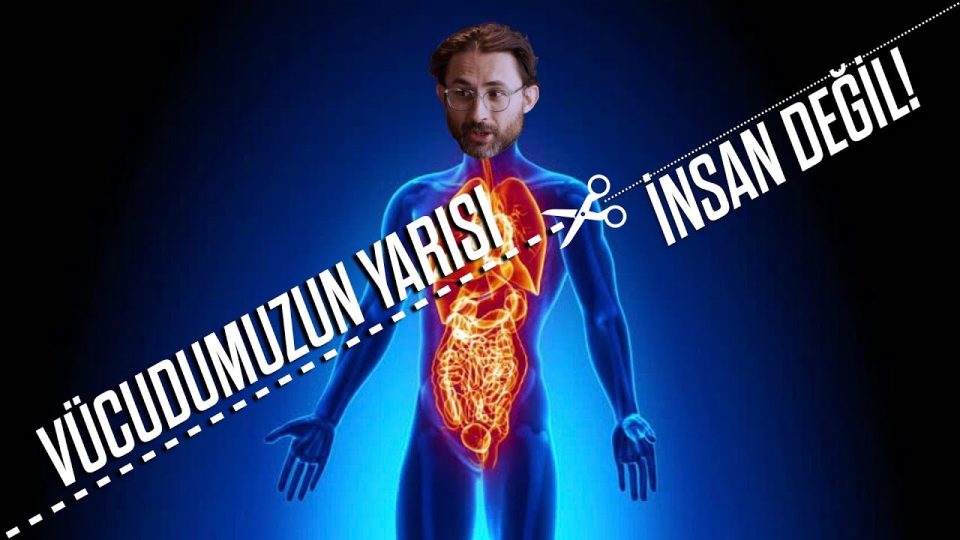1 – Caloric Deficit: A caloric deficit is created when you consume fewer calories than you burn through physical activity and metabolism. This can be achieved by reducing calorie intake, increasing physical activity, or a combination of both. To create a caloric deficit, it’s essential to know your daily caloric needs and track your food intake and activity levels. To lose one pound of fat per week, a daily caloric deficit of 500-1,000 calories is recommended.
2 – Intermittent Fasting: Intermittent fasting is an eating pattern that involves alternating periods of eating and fasting. It has gained popularity due to its simplicity and effectiveness for weight loss. There are several methods of intermittent fasting, including the 16/8 method, where you fast for 16 hours and eat during an 8-hour window. Other methods include alternate-day fasting and the 5:2 diet. Intermittent fasting can help reduce calorie intake, improve insulin sensitivity, and promote fat loss.
3 – Low-Carb Diets: Low-carb diets involve reducing carbohydrate intake and increasing protein and fat intake. The goal is to put the body into a state of ketosis, where it burns fat for energy instead of carbohydrates. Popular low-carb diets include the ketogenic diet and the Atkins diet. Low-carb diets can lead to weight loss, improved blood sugar control, and reduced risk of heart disease.
4 – High-Protein Diets: High-protein diets involve increasing protein intake while reducing carbohydrate and fat intake. Protein is a macronutrient that can help reduce appetite, increase metabolism, and preserve lean body mass during weight loss. A high-protein diet can be achieved by consuming protein-rich foods such as meat, fish, eggs, and legumes.
5 – Exercise: Exercise is a crucial component of any weight loss plan. It can help burn calories, increase metabolism, and improve overall health. Cardiovascular exercise such as running or cycling can help burn the most calories, while strength training can help build muscle and boost metabolism. Aim for 150 minutes of moderate-intensity exercise or 75 minutes of vigorous-intensity exercise per week.
6 – Mindful Eating: Mindful eating is a practice of paying attention to food, eating slowly, and savoring each bite. It can help you become more aware of hunger and fullness cues, prevent overeating, and develop a healthier relationship with food. Mindful eating can be achieved by eliminating distractions while eating, practicing gratitude, and tuning in to body signals.
7 – Sleep: Sleep is a vital component of weight loss that is often overlooked. Lack of sleep can disrupt hormones that control hunger and satiety, leading to overeating and weight gain. Aim for 7-9 hours of sleep per night to support weight loss efforts. Sleep hygiene practices such as avoiding screens before bed and creating a sleep-conducive environment can help improve sleep quality.
In conclusion, losing weight requires a combination of diet, exercise, and lifestyle changes. Creating a caloric deficit, intermittent fasting, low-carb diets, high-protein diets, exercise, mindful eating, and sleep are all effective methods for weight loss. It’s important to find the method that works best for you and to make sustainable lifestyle changes for long-term success.












